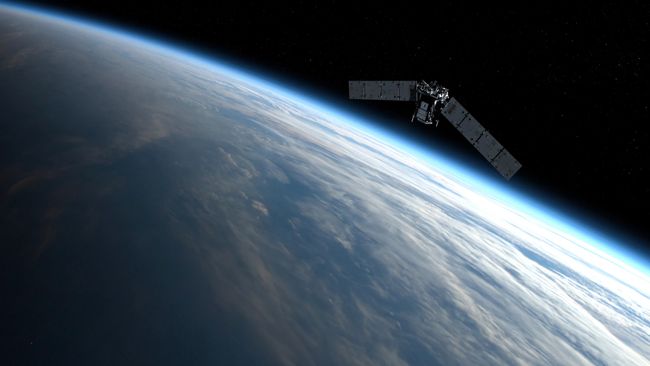Experts estimate the increasing probability of collisions in low-Earth orbit
9 April NASA reported an extremely close pass of the Russian satellite «Cosmos 2221» and NASA's TIMED satellite, which studies the Earth's atmosphere, occurred on February 28. Initial estimates indicated a distance of 20 meters, but further study showed that the distance was less than 10 meters, which is within the rigid body parameters of both satellites.
NASA Associate Administrator Pam Melroy expressed concern about the potential impact of the collision, which could create significant amounts of debris that could threaten other spacecraft and even human life.
This is not a theoretical situation. In August 2021, the Chinese satellite «Yunhai-1-02» was shot down by a piece of space debris, presumably a fragment of the Russian Zenit-2 rocket, which launched the Russian satellite Tselina-2. in 1996. Such incidents remain rare, but close passes such as the one experienced by «TIMED» are becoming increasingly common due to crowded Earth orbit.
According to the European Space Agency (ESA), there are currently about 11,500 satellites orbiting the Earth, of which 9,000 are operational. More than half of them belong to SpaceX's Starlink broadband network, which currently has nearly 5,800 satellites. In addition, there are about 36,500 pieces of space debris in Earth orbit with a width of at least 10 centimeters and more than 130 million fragments with a diameter of at least 1 millimeter.
But this is only part of the picture. ESA estimates that there are about 36,500 pieces of space debris in Earth orbit with a width of at least 10 centimeters and more than 130 million pieces with a diameter of at least 1 millimeter.
Even small fragments can cause damage to satellites and the ISS due to their high speed. In ISS orbit, at an altitude of about 400 kilometers, objects move at speeds of about 28,160 km/h, which exceeds the speed of any bullet.
NASA has been working for many years to address the problem of space debris, including promoting practices such as passivation of rocket upper stages in orbit — a process that involves, among other things, releasing remaining fuels to reduce their explosive potential. But the agency plans to expand its efforts by developing an integrated space sustainability strategy, the first part of which NASA released on the day of Melroy's speech.
«Developed under the guidance of an interagency advisory council, the Space Sustainability Strategy focuses on the advances NASA can make in measuring and assessing space sustainability in Earth orbit, identifying cost-effective ways to achieve sustainable development goals, driving adoption sustainable practices through technology and policy development and increased efforts to share and obtain information with the global space community», — agency representatives said on April 9.
NASA's sustainability strategy will address four areas: Earth, low-Earth orbit, lunar space, and deep space. The first volume of the strategy, published on April 9, is devoted to issues of stability in low-Earth orbit.

